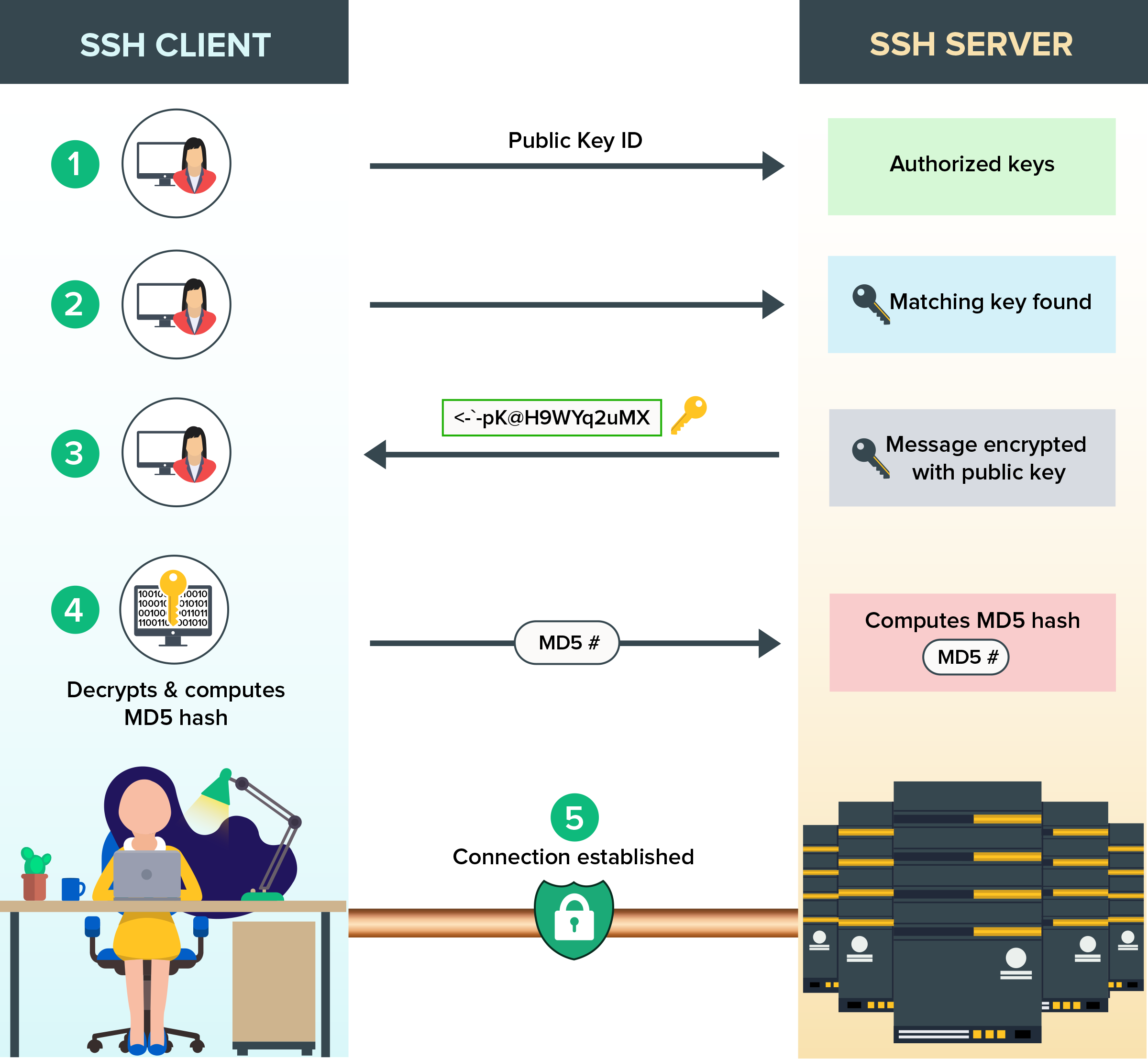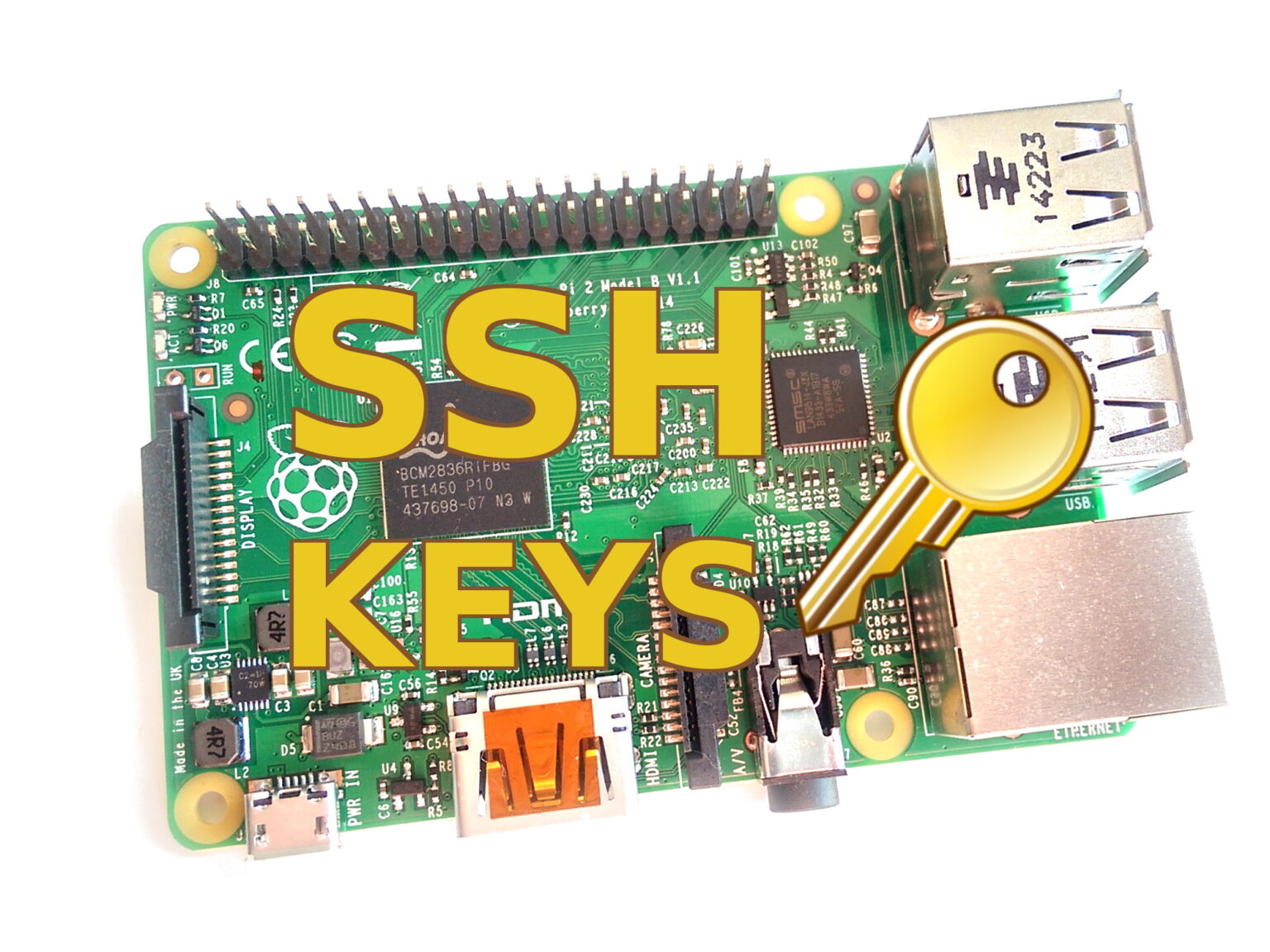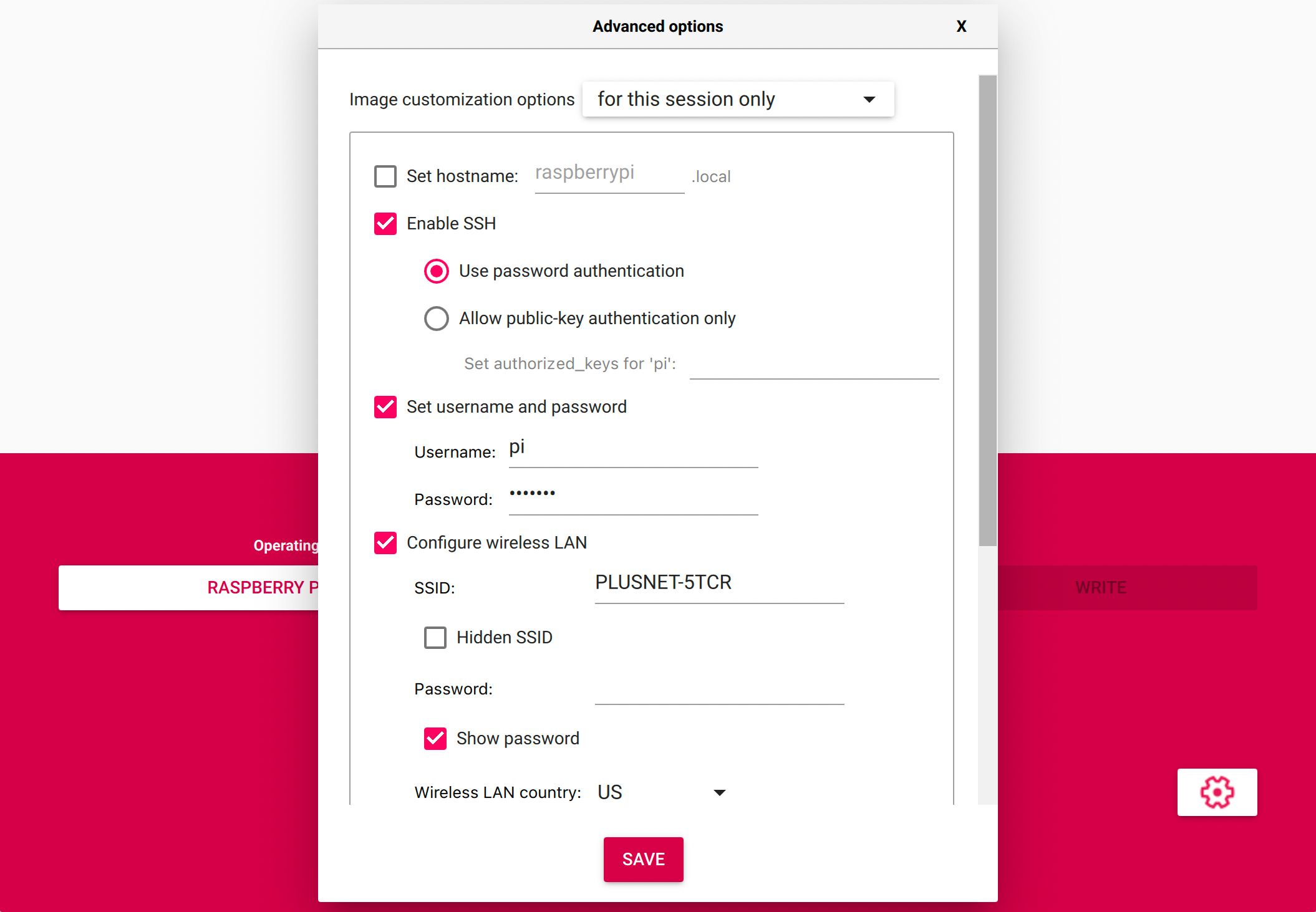Revolutionizing IoT Management: Unlocking The Power Of Platform SSH Keys
Hey there tech enthusiasts! If you're diving into the world of IoT management, you're probably already aware of the critical role platform SSH keys play in securing your devices and networks. But what exactly are these SSH keys, and why are they so important? Let's break it down in a way that’s easy to digest and packed with insights you can actually use.
Think about it like this: IoT is kinda like a bustling city with millions of connected devices running around. Now, if you don’t have a solid system to manage and secure these connections, things can get messy fast. That's where platform SSH keys step in—they’re like the security guards ensuring everything runs smoothly without any unwanted intruders sneaking in.
In this article, we're going deep into the realm of IoT management and SSH keys. We'll explore what they are, why they matter, and how you can harness their power to keep your IoT ecosystem secure. So, buckle up, because we're about to embark on a tech journey that’s as informative as it is exciting!
- Little Falls Obituaries Find Local Death Notices Tributes Todays Updates
- Johnny Somalis Legal Troubles Mount Whats Happening Now
What Exactly Are IoT Management Platforms?
Alright, first things first—IoT management platforms are basically the brains behind the operation. They’re the systems that help you monitor, manage, and secure all those connected devices in your IoT network. Whether it’s smart home gadgets or industrial sensors, these platforms ensure everything works in harmony.
And guess what? They're not just about keeping things running—they're also about keeping things safe. That's where SSH keys come into play. These cryptographic keys are like digital passcodes that authenticate devices and users, ensuring only the right people and machines can access your network.
Now, here’s the kicker: without proper management, your IoT setup could be vulnerable to cyber threats. That's why understanding how SSH keys integrate with your platform is crucial. Let’s dive deeper into why they're so important.
- Barbara Chapman Tragedy Info Legacy In Memory Of
- Aberdeen Funeral Homes Find Services Plan With Compassion
Why Are SSH Keys So Important in IoT Management?
Imagine this: your IoT network is like a fortress, and SSH keys are the keys to the gates. They ensure that only authorized entities can gain access, protecting your data and devices from potential breaches. In the world of IoT, where security is paramount, SSH keys act as your first line of defense.
Here’s the deal: traditional passwords can be easily guessed or hacked. But SSH keys? They’re way more secure. They use complex algorithms to create unique keys that are nearly impossible to crack. Plus, they offer two-factor authentication, adding an extra layer of protection.
But wait, there's more! SSH keys don’t just secure your devices—they also streamline the management process. With them, you can automate tasks, manage multiple devices simultaneously, and even troubleshoot issues remotely. It’s like having a personal assistant for your IoT network.
Understanding SSH Key Authentication
So, how does SSH key authentication actually work? Well, it’s a pretty nifty process. When you set up an SSH key pair, you get two keys: a public key and a private key. The public key is like your ID card—it’s shared with the server or device you want to connect to. The private key, on the other hand, stays with you—it’s like your fingerprint, and it should never be shared.
Here’s a quick breakdown:
- Public Key: Shared with the server or device.
- Private Key: Kept secure on your end.
- Authentication Process: When you try to connect, the server checks the public key against your private key. If they match, access is granted.
It’s a simple yet powerful system that ensures only the right people or devices can access your IoT network.
How to Implement SSH Keys in Your IoT Management Platform
Alright, so you’re convinced that SSH keys are the way to go. But how do you actually implement them in your IoT management platform? Fear not, because we’ve got you covered. Here’s a step-by-step guide to help you get started:
Step 1: Generate Your SSH Key Pair
First things first, you need to generate your SSH key pair. Most platforms offer built-in tools to do this, or you can use a command-line tool like SSH-Keygen. Just make sure to store your private key in a secure location.
Step 2: Add the Public Key to Your Platform
Once you’ve got your key pair, it’s time to add the public key to your IoT management platform. This usually involves copying the key into a designated field in your platform’s settings. Easy peasy!
Step 3: Test the Connection
Before you start managing your devices, it’s always a good idea to test the connection. Try connecting to one of your devices using the SSH key to ensure everything’s working as it should.
Tips for Managing SSH Keys in IoT
Managing SSH keys might seem straightforward, but there are a few best practices you should keep in mind:
- Regularly Rotate Keys: Just like you change your passwords, you should also rotate your SSH keys periodically to maintain security.
- Limit Access: Only grant SSH access to trusted users and devices. The fewer keys floating around, the better.
- Monitor Key Usage: Keep an eye on how your SSH keys are being used. If you notice any suspicious activity, revoke the key immediately.
By following these tips, you can ensure your SSH keys remain a strong line of defense for your IoT network.
Common Challenges in IoT Management with SSH Keys
While SSH keys are incredibly powerful, they’re not without their challenges. Here are a few common issues you might encounter and how to tackle them:
Challenge 1: Key Management
Managing multiple SSH keys can get messy, especially as your IoT network grows. To keep things organized, consider using a key management system or tool that helps you keep track of all your keys in one place.
Challenge 2: Key Expiration
SSH keys don’t last forever. If a key expires, it can disrupt your connections. To avoid this, set up reminders to renew your keys before they expire.
Challenge 3: Unauthorized Access
Even with SSH keys, there’s always a risk of unauthorized access. That’s why it’s crucial to regularly audit your keys and revoke any that are no longer needed.
Best Practices for Securing Your IoT Network
SSH keys are just one piece of the puzzle when it comes to securing your IoT network. Here are a few best practices to keep your entire system safe:
- Use Strong Passwords: Even with SSH keys, you should still use strong, unique passwords for all your devices.
- Enable Two-Factor Authentication: Adding an extra layer of security can go a long way in protecting your network.
- Regularly Update Firmware: Keep your devices up to date with the latest firmware to patch any security vulnerabilities.
- Monitor Network Activity: Keep an eye on your network for any unusual activity that could indicate a breach.
By following these practices, you can create a robust security framework for your IoT network.
Understanding the Role of IoT Management Platforms
IoT management platforms are more than just tools—they’re essential for maintaining a secure and efficient IoT ecosystem. They provide the infrastructure you need to manage your devices, monitor their performance, and secure your connections. And with SSH keys integrated into the mix, you’ve got a powerful combination that keeps your network safe and running smoothly.
Case Studies: Real-World Examples of IoT Management with SSH Keys
Let’s take a look at a few real-world examples of how companies are using IoT management platforms with SSH keys to enhance their operations:
Example 1: Smart Home Security
A leading smart home company uses SSH keys to secure their network of connected devices. By implementing SSH key authentication, they’ve significantly reduced the risk of unauthorized access, ensuring their customers’ homes remain safe.
Example 2: Industrial IoT
In the industrial sector, a manufacturing company leverages SSH keys to manage their vast network of sensors and machines. This has not only improved security but also streamlined their operations, allowing them to monitor and manage their devices more efficiently.
Example 3: Healthcare IoT
In the healthcare industry, SSH keys are used to secure sensitive patient data transmitted through IoT devices. This ensures compliance with strict regulations and protects patient privacy.
Lessons Learned from These Examples
From these case studies, we can see that SSH keys are a versatile tool that can be applied across various industries. Whether you’re securing smart homes, optimizing industrial processes, or protecting sensitive healthcare data, SSH keys offer a reliable solution for IoT management.
Future Trends in IoT Management and SSH Keys
As technology continues to evolve, so too will the role of SSH keys in IoT management. Here are a few trends to watch out for:
- Quantum Computing: With the rise of quantum computing, traditional encryption methods may become obsolete. Researchers are already working on quantum-resistant SSH keys to ensure future security.
- AI Integration: Artificial intelligence is being used to enhance IoT management platforms, offering predictive maintenance and automated security measures.
- Edge Computing: As more devices move to the edge, SSH keys will play a crucial role in securing these decentralized networks.
These trends highlight the importance of staying ahead of the curve when it comes to IoT security. By keeping up with the latest developments, you can ensure your network remains secure and efficient.
Conclusion: Securing Your IoT Future
And there you have it—a comprehensive look at IoT management platforms and the critical role SSH keys play in securing your network. From understanding the basics to implementing best practices, we’ve covered everything you need to know to keep your IoT ecosystem safe and running smoothly.
So, what’s next? Take action! Whether it’s generating your first SSH key or auditing your current keys, there’s always something you can do to improve your IoT security. And don’t forget to share this article with your tech-savvy friends—knowledge is power, and together we can build a safer IoT future.
Thanks for joining me on this tech journey, and remember: in the world of IoT, security is key!
Table of Contents
- Revolutionizing IoT Management: Unlocking the Power of Platform SSH Keys
- What Exactly Are IoT Management Platforms?
- Why Are SSH Keys So Important in IoT Management?
- Understanding SSH Key Authentication
- How to Implement SSH Keys in Your IoT Management Platform
- Tips for Managing SSH Keys in IoT
- Common Challenges in IoT Management with SSH Keys
- Best Practices for Securing Your IoT Network
- Understanding the Role of IoT Management Platforms
- Case Studies: Real-World Examples of IoT Management with SSH Keys
- Lessons Learned from These Examples
- Future Trends in IoT Management and SSH Keys
- Conclusion: Securing Your IoT Future
- Pch Sweepstakes Your Chance To Win Big Prizes
- Find Your Next Mikes Pretty Good Campers Rv On Rv Trader

Secure Your IoT Best Remotiot SSH Key Management Solutions

Best Remote IoT Platform SSH Key For Raspberry Pi Secure & Easy!

Top Guide To The Best Remote IoT Platform SSH Key For Free Raspberry Pi